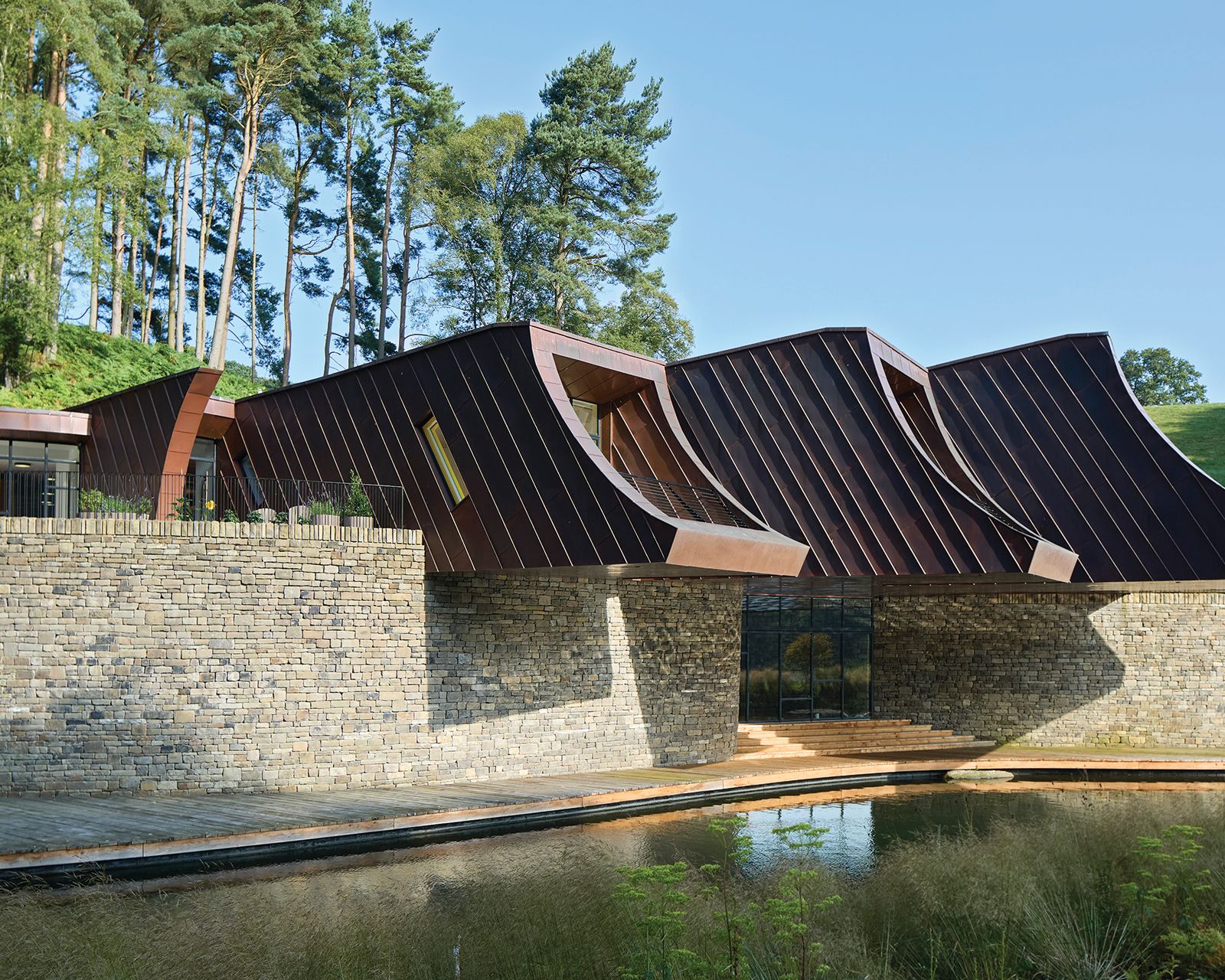Unlocking Opportunity Through Planning Reform
By Sally Ormiston | 15.07.25
Amongst the barrage of change and uncertainty impacting rural estates, it’s hard not to feel besieged by bad news. However, changes to planning policy may well be the key to unlocking opportunity, both for landowners and rural communities, and provide some welcome balance to the rural outlook.
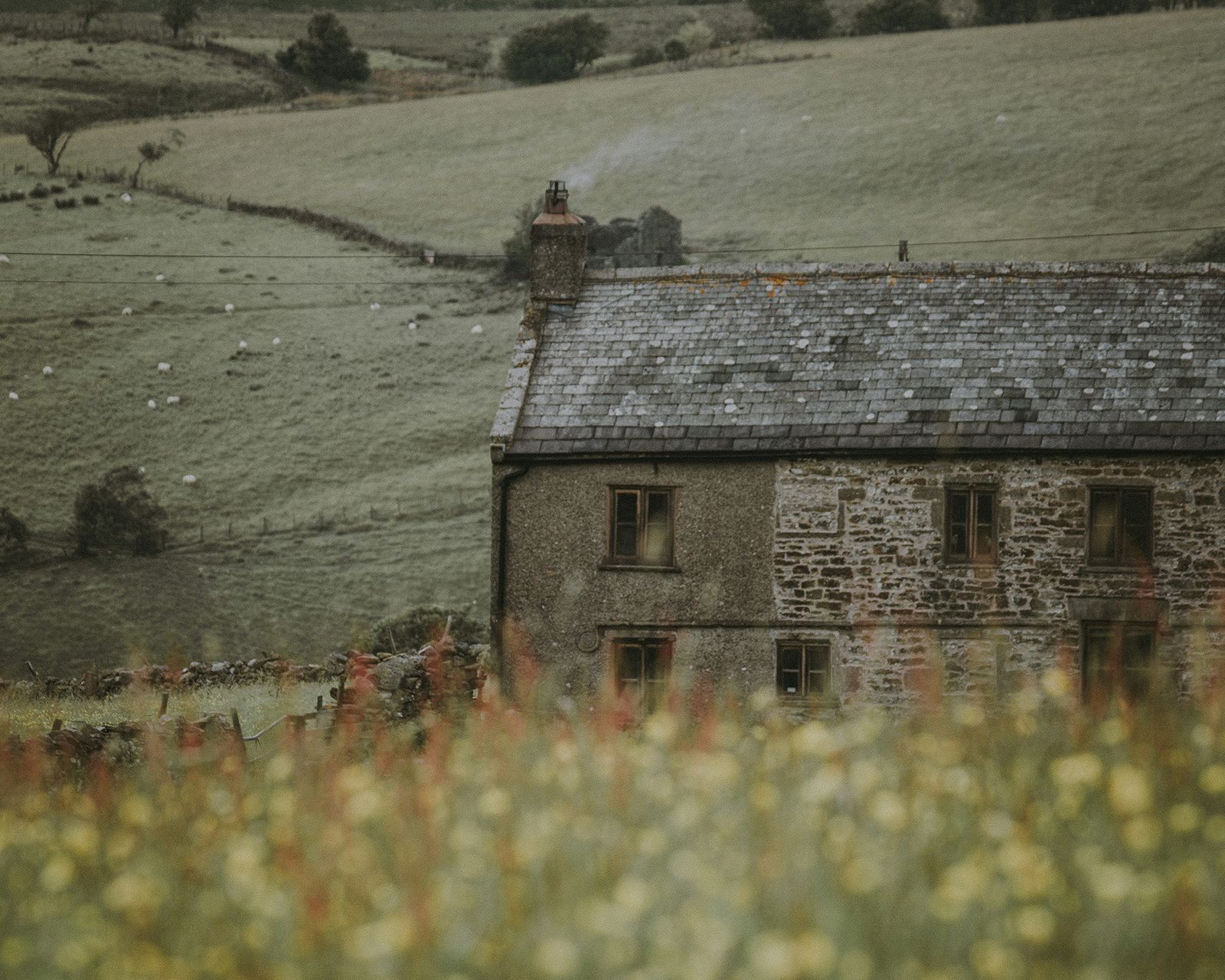
The past 12 months have seen extensive changes to planning policy aimed at driving growth and accelerating net zero ambitions. For rural landowners these changes may present opportunities to obtain planning permission for development where previously it would have been unlikely. Development that could deliver new homes for rural communities and a welcome receipt for estates faced with increased running costs, tax charges and declining farm incomes, or to enable the creation of new enterprises to increase business resilience.
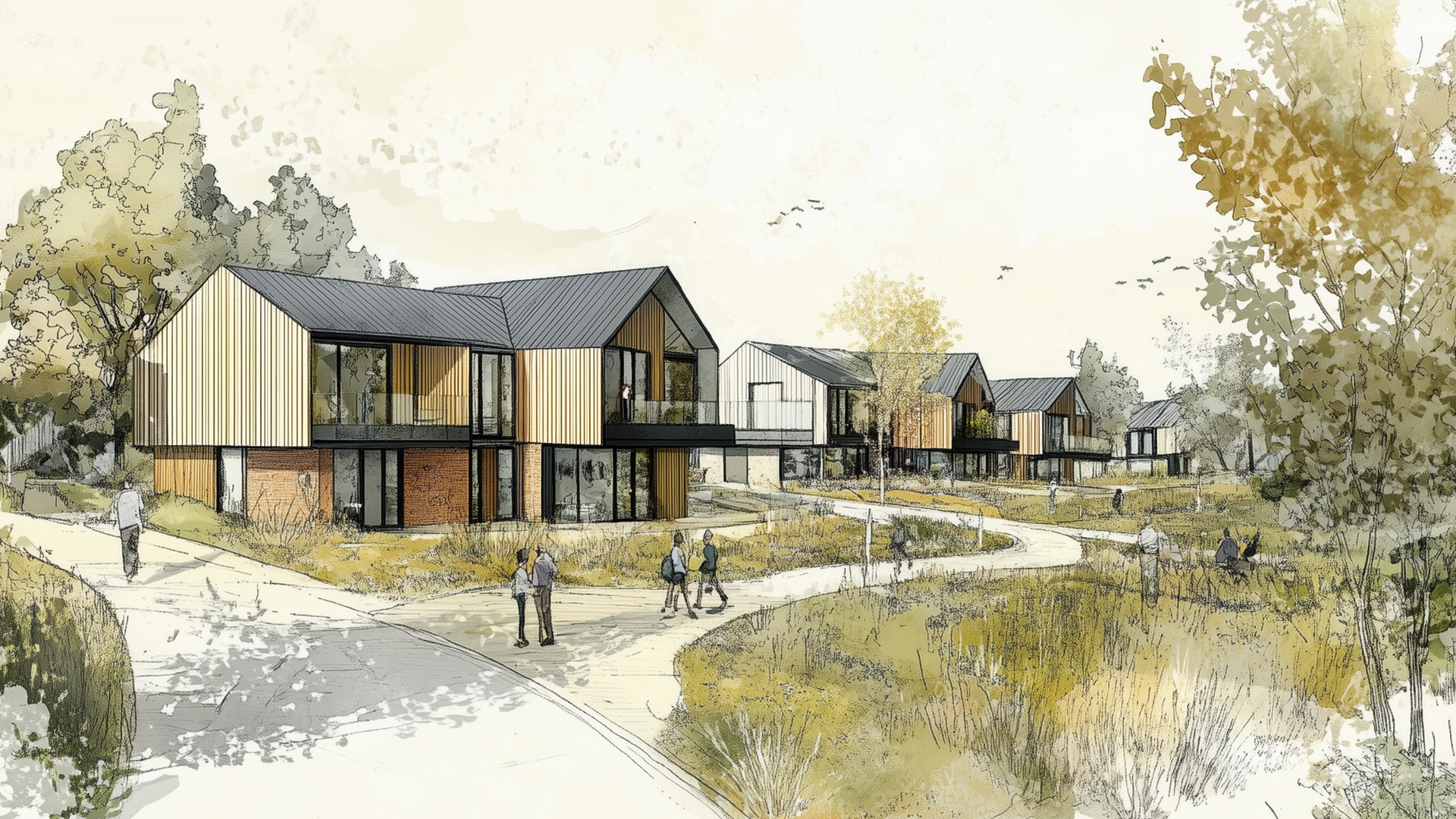
Homes for all
With the Government’s ambitious target to build 1.5 million new homes comes the need for land upon which to build them. Whilst planning policy will always favour urban settings, with many rural local authorities faced with big increases in their housing targets and a well-documented shortage of affordable homes in the countryside, it is clear that rural landowners are uniquely positioned to contribute to this national priority.
At the heart of this shift are big increases in mandatory housing targets for many rural councils. This means that almost all ‘local development plans’ – the means by with local authorities set out their planning policies, development priorities and identify land suitable for development, are under review as councils respond to new housing targets and other changes to the National Planning Policy Framework.
This creates opportunities for the promotion of land suitable for strategic long-term development of housing and for commercial development, infrastructure and nature recovery. There are also short-term opportunities for sites that can help councils boost housing supply whilst local plans are still in development.
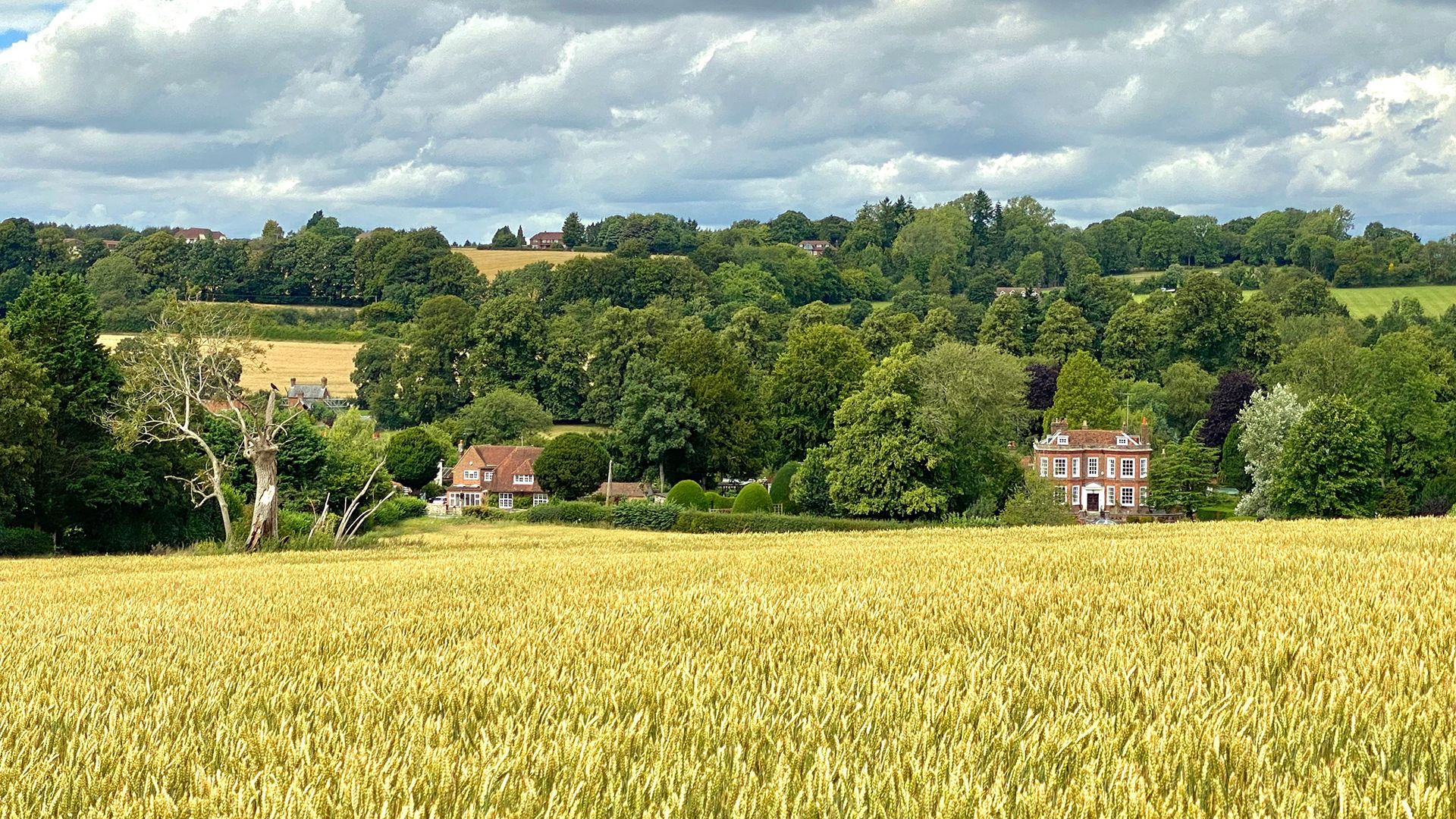
Grey Belt, Green Light?
The other big shift is a more flexible approach to where development will be considered. Previously, land designated as Green Belt was out of bounds for development in all but the most exceptional of circumstances, however this is no longer the case.
Earlier this year, we saw the introduction of a new planning concept – ‘grey belt’ land. The primary driver behind this new designation is the recognition that some Green Belt land holds significant potential for housing development.
‘Grey belt’ is defined as land within the Green Belt that has been previously developed or other land that “does not strongly contribute to the purposes of Green Belt designation” particularly in relation to preventing urban sprawl or preserving historic town settings.
Where land meets various ‘policy tests’, proposals to build on this land will no longer be considered ‘inappropriate development,’ making it far more likely that planning applications will be approved. This means that as well as brownfield sites, undeveloped land - such as farmland adjacent to settlements, may now be deemed suitable for development.
For landowners, this means that land previously considered off-limits may now be viable for residential or other development, presenting significant new opportunities.
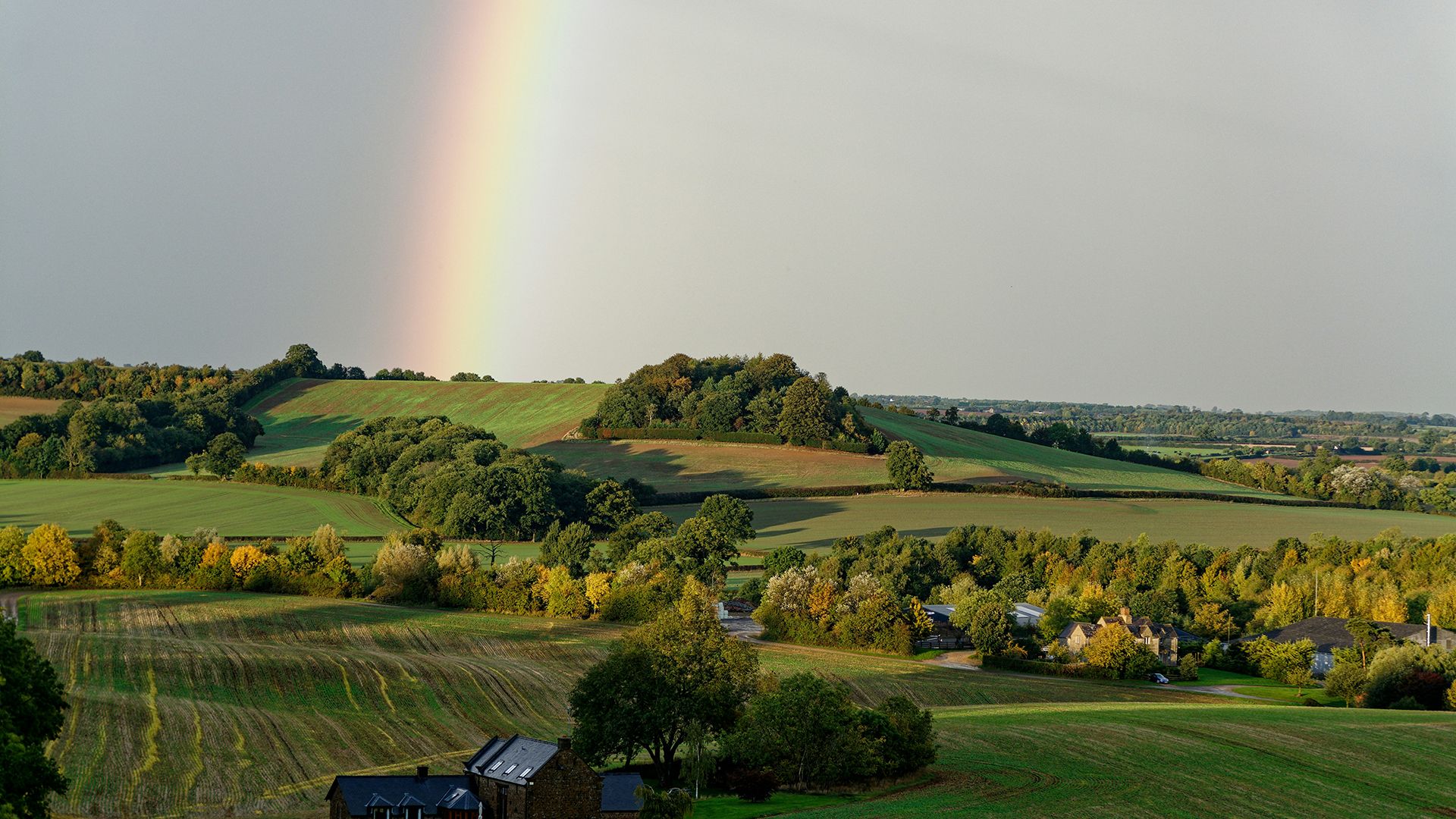
Thriving or surviving?
As well as being an essential part of creating and sustaining vibrant rural places, housing development can generate capital receipts that can be reinvested in estates to secure their long-term viability.
Whilst changes to the tax regime need to be considered, estate-led development can be an attractive option for landowners, and local authorities increasingly recognise the wider contribution made by estates to rural life when considering estate-led development proposals. As well as enabling housing development, planning reforms support economic diversification in rural areas.
For landowners, development of under-utilised sites can generate new income streams to support estate upkeep and fund future projects. For communities, it means local jobs, business opportunities and enhanced amenities, all while preserving the character of the countryside.
With planning authorities under pressure to deliver growth, there’s increased openness to development to support rural enterprise - especially those that align with sustainability goals and community benefit. Development proposals – such as for visitor experiences, farm shops, holiday accommodation, commercial space, offices and retail hubs, will still have to meet high bars to obtain planning consent but may now find a more receptive planning environment.
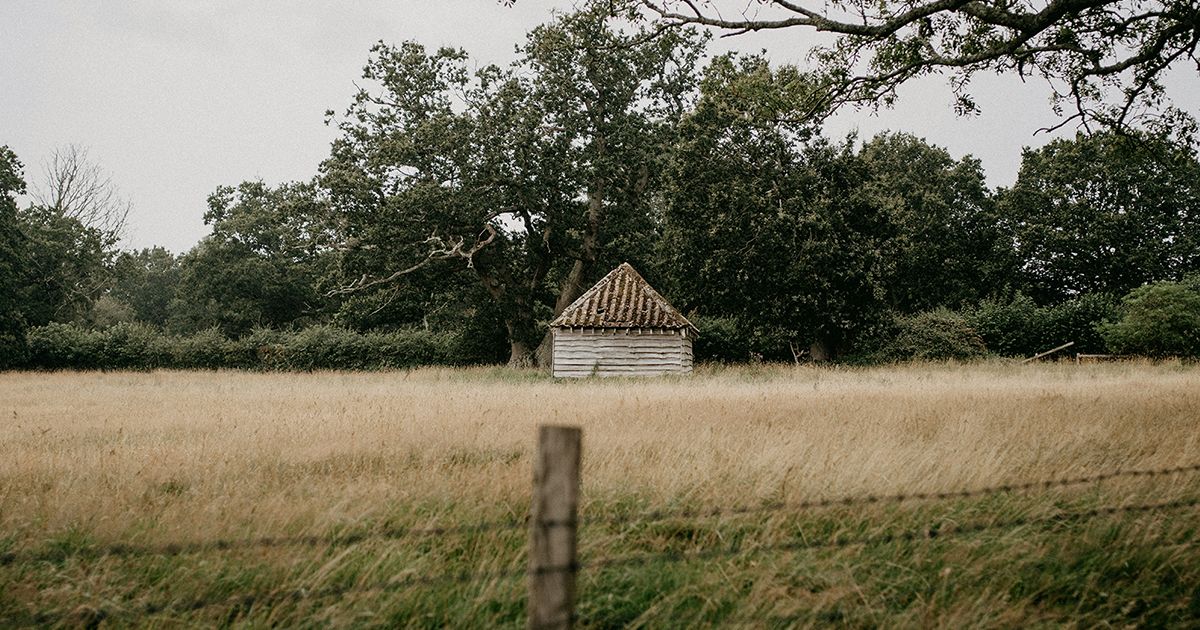
Consider your options
A strategic review of your assets - identifying underutilised sites, assessing planning potential, and considering how development can contribute to local needs, could help you unlock real value. As Councils review their local plans and get to grips with new policy, early engagement can help influence how your proposals are received.
In short, the door is open. With the right approach, country estates can play a pivotal role in shaping the future of rural living - balancing heritage with progress, and stewardship with opportunity.
Get in touch
If you’d like help understanding what might be possible on your estate or land holding, Rural Solutions can help you explore the opportunities and advise on the right next steps. Call us on 01756 797501 or email info@ruralsolutions.co.uk, we'd be delighted to chat.
Sally Ormiston is a Director at Rural Solutions
This article also appeared in the Summer 2025 edition of the Rural Matters newsletter published by Farrer & Co.
We are using cookies to give you the best experience on our website. You can find out more about which cookies we are using on our cookie policy.


